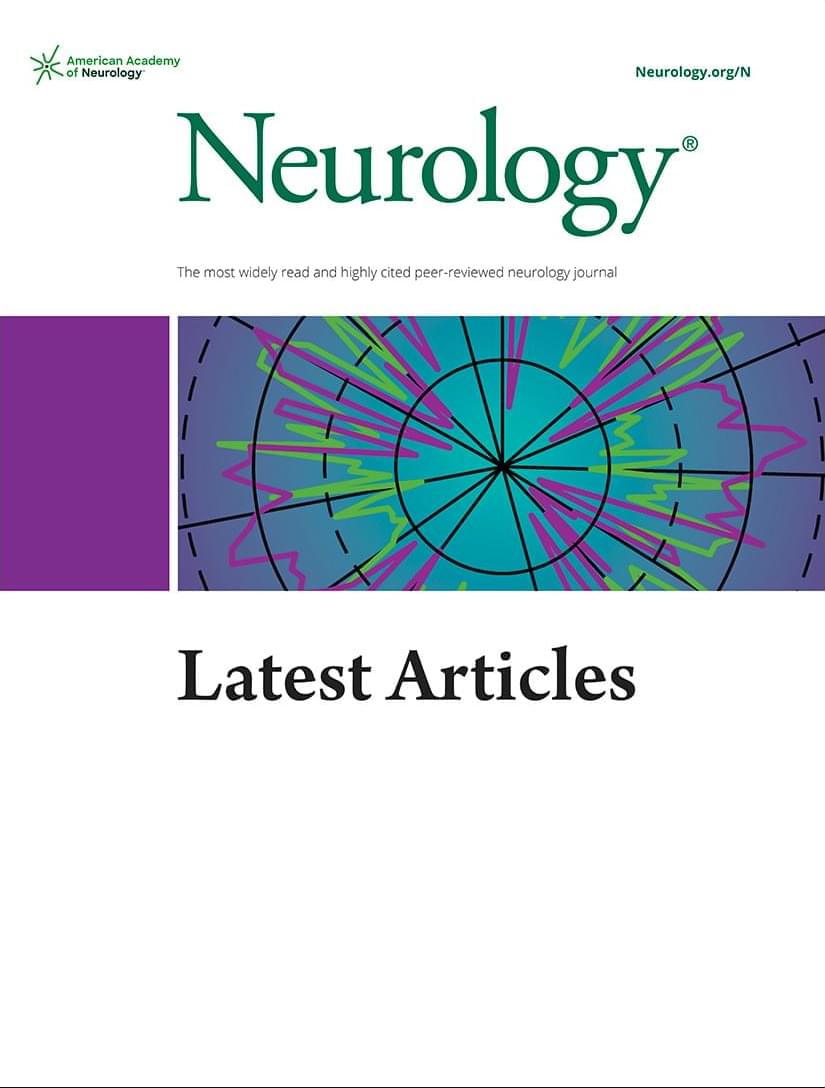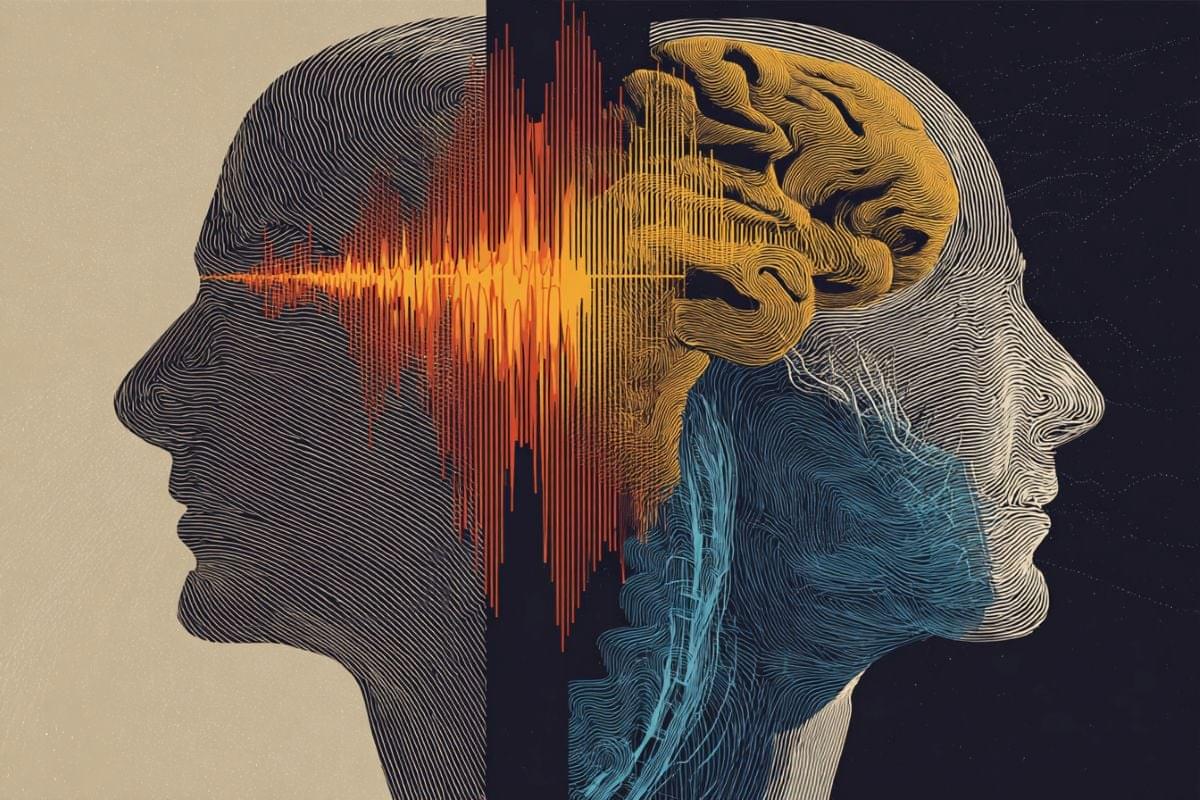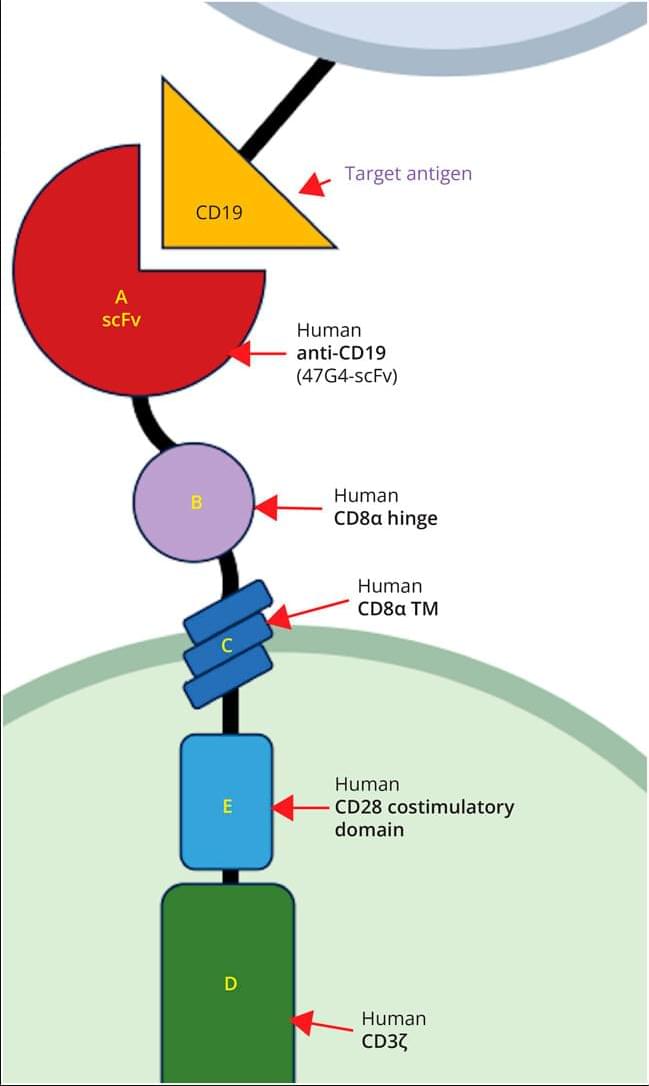The simplified edinburgh criteria in clinical practice: a ct-neuropathology accuracy study for diagnosis of cerebral amyloid angiopathy.
Background and Objectives.



Our Solar System orbits the galactic center at an estimated 792,000 kilometers per hour, taking 225 million Earth years to complete one galactic year. Meanwhile, the Milky Way as a whole is thought to be traveling about 2.1 million kilometers per hour.
While our star certainly isn’t lollygagging its way through the Universe, an analysis of radio galaxies by an international team of scientists suggests we may be moving even faster through the cosmos than anybody thought. A lot faster.
That would be noteworthy on its own, yet this contradiction also has “profound cosmological implications,” the researchers write, hinting at flaws in our current understanding of the Universe in a way that potentially challenges a longstanding principle that argues our position in space isn’t all that special.

Gate-all-around (GAA) nanosheet field-effect transistors (FETs) based on 2D semiconductors hold promise to complement silicon in future integrated circuits. Here, the authors report the wafer-scale growth of high-κ dielectric/semiconductor β-Bi2SeO5/Bi2O2Se/α-Bi2SeO5 heterostructures and their application for high performance 2D GAA FETs.

Chimeric antigen receptor (CAR) T cells are genetically modified T cells expressing CARs, initially developed to recognize tumor antigens and kill cancer cells that evade T-cell recognition. Because of their impressive success in hemato-oncologic malignancies, CAR T cells are being repurposed with redesigned constructs for safety and sustained efficacy to target refractory systemic autoimmune or neurologic diseases.

Mitochondrial ATP production by oxidative phosphorylation (OXPHOS) is essential for cellular functions, such that mitochondria are known as the powerhouses of the cell (Verschueren et al., 2019). The mitochondrial ETC consists of five enzyme complexes in the inner membrane of the mitochondria. ETC generates a charge across the inner mitochondrial membrane, which drives ATP synthase (complex V) to synthesize ATP from ADP and inorganic phosphate.
Several studies have shown impairments of all five complexes in multiple areas of the AD brain (Kim et al., 2000, 2001; Liang et al., 2008). Mitochondrial dysfunction in AD is apparent from a decrease in neuronal ATP levels, which is associated with the overproduction of ROS, and indicates that mitochondria may fail to maintain cellular energy. A substantial amount of ATP is consumed in the brain due to the high energy requirements of neurons and glia. Since an energy reserve (such as fat or glucose) is not available in the central nervous system (CNS), brain cells must continuously generate ATP to sustain neuronal function (Khatri and Man, 2013). Mitochondria are the primary source of cellular energy production, but aged or damaged mitochondria produce excess free radicals, which can reduce the supply of ATP and contribute to energy loss and mitochondrial dysfunction in AD. Importantly, oxidative damage of the promoter of the gene encoding subunit of the mitochondrial ATP synthase results in reduced levels of the corresponding protein, leading to decreased ATP production, nuclear DNA damage to susceptible genes, and loss of function (Lu et al., 2004; Reed et al., 2008).
In advanced stages of AD, substantial nitration of ATP synthase subunits can take place, leading to the irregular function of the respiratory chain (Castegna et al., 2003; Sultana et al., 2006; Reed et al., 2009). Likewise, ATP-synthase lipoxidation occurs in the hippocampus and parietal cortex of patients with mild cognitive impairment (Reed et al., 2008). Compromised OXPHOS contributes to a characteristic mitochondrial dysfunction in AD brains, leading to decreased ATP production, elevated oxidative stress, and ultimately cell death (Reddy, 2006; Reddy and Beal, 2008; Du et al., 2012). The specific mechanisms of OXPHOS deficiency in AD remain a long-standing scientific question, but the role of mitochondrial F1Fo ATP synthase dysfunction in AD-related mitochondrial OXPHOS failure is emphasized by emerging evidence (Beck et al., 2016; Gauba et al., 2019).

The SARS-CoV-2 (severe acute respiratory syndrome coronavirus responsible for the COVID-19 disease) uses the Spike proteins of its envelope for infecting target cells expressing on the membrane the angiotensin converting enzyme 2 (ACE2) enzyme that acts as a receptor. To control the pandemic, genetically engineered vaccines have been designed for inducing neutralizing antibodies against the Spike proteins. These vaccines do not act like traditional protein-based vaccines, as they deliver the message in the form of mRNA or DNA to host cells that then produce and expose the Spike protein on the membrane (from which it can be shed in soluble form) to alert the immune system. Mass vaccination has brought to light various adverse effects associated with these genetically based vaccines, mainly affecting the circulatory and cardiovascular system.
This video explains the leading theory about the origins of Pluribus and the hive mind’s ultimate purpose. Its terrifying plan unfolds in 4 steps. If you’re fascinated by hard sci-fi, the Dark Forest Hypothesis and alien civilizations, then this deep dive is for you.
This is a commentary video about the Plur1bus TV series streaming on Apple TV.
Chapters:
00:27 Step 1 — The Joining.
01:38 Step 2 — The Megastructure Antenna.
02:50 Step 3 — Interstellar Hive Mind.
04:10 Step 4 — The Universal Mind.
Footage:
Produced in part with SpaceEngine PRO © Cosmographic Software LLC.
Some elements in this video are also made with the help of artificial intelligence.
Music:
\

Brain development is a complex process involving, for example, the precise diversification and distribution of cells into distinct areas. The researchers behind the present study have developed a new method called spatial tri-omics, that enables them to simultaneously measure in a specific area of the brain: 1) the activity of genes, 2) how this activity is regulated by epigenetic changes, and 3) if this activity ultimately leads to the production of proteins.
The study is based on analyses of mouse and human brains at different stages of development. The authors generated a spatiotemporal tri-omic atlas of the mouse brain from postnatal day 0 (P0) to P21 and compared corresponding regions with the human developing brain.
“We’ve been able to use this multidimensional method to track brain development over time and map changes from birth to a young age in different parts of the brain, as well as study how the brain reacts to inflammation,” explains the senior author.